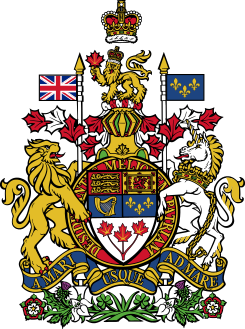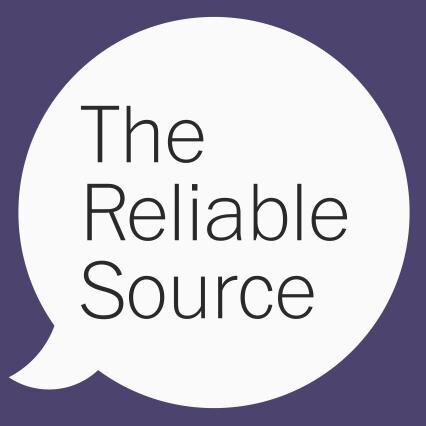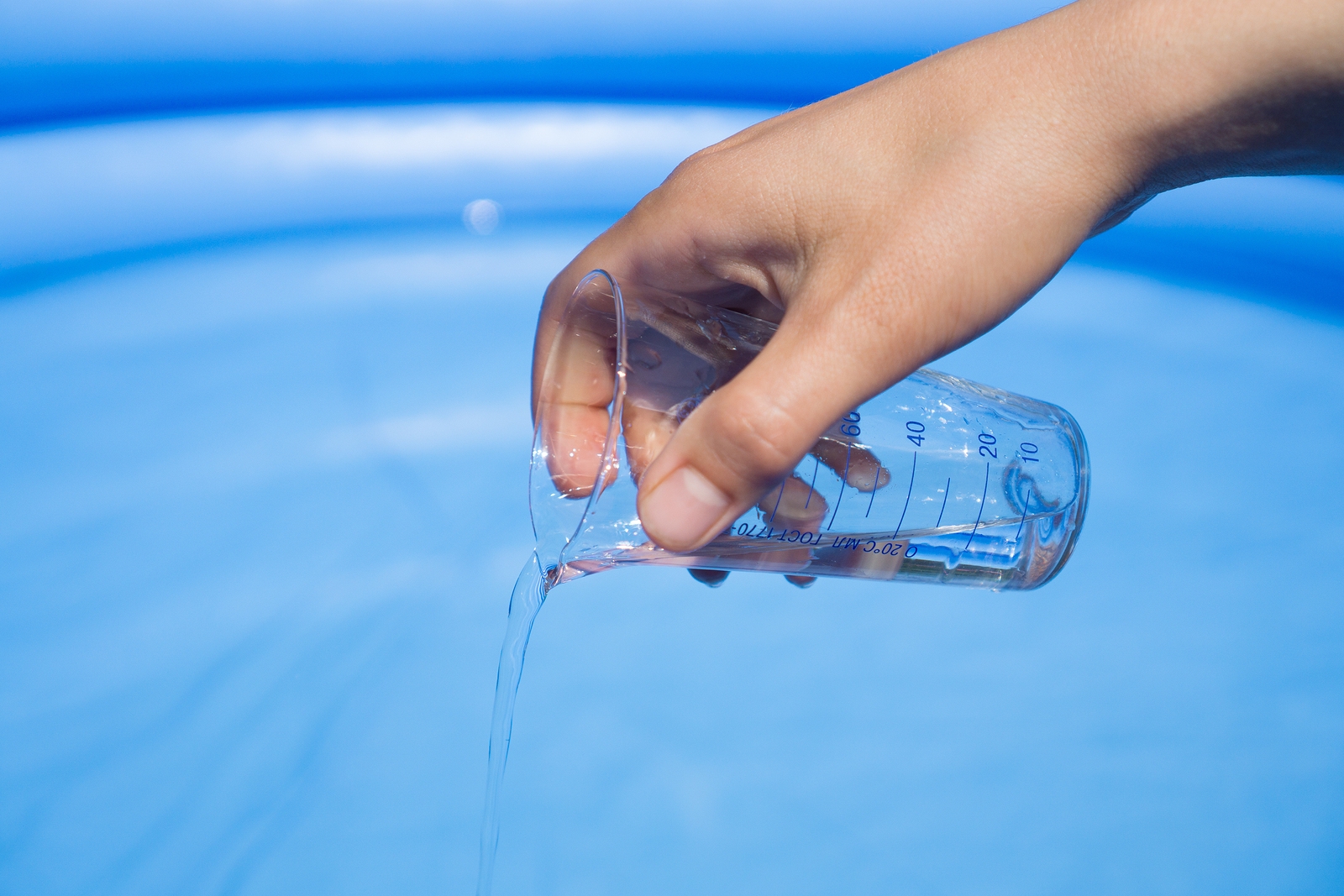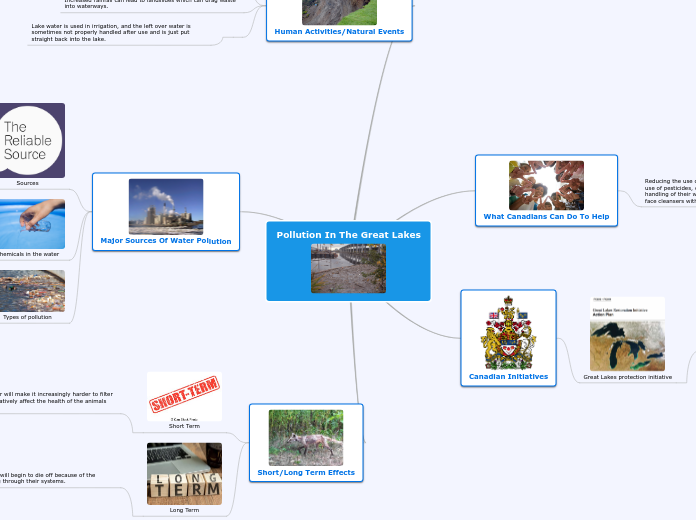Pollution In The Great Lakes

What Canadians Can Do To Help
Reducing the use of single use plastics, farmers reducing the use of pesticides, companies being more careful with the handling of their waste, throwing out your garbage, and using face cleansers with no plastic beads in it.

Canadian Initiatives

Great Lakes protection initiative
This initiative will work to decrease pollution levels in the lake by regulating companies to reduce the releasing of harmful chemicals.

Human Activities/Natural Events
Flooding can lead to contaminated water from drains and the sewer rise up and go directly into the lake.
Increased rainfall can lead to landslides which can drag waste into waterways.
Lake water is used in irrigation, and the left over water is sometimes not properly handled after use and is just put straight back into the lake.

Major Sources Of Water Pollution

Sources
Heavy industry, agriculture, and manufacturing

Chemicals in the water
PCB, dioxins, furans, hexachlorobenzene, lead, and mercury compounds.
Types of pollution
Chemical, plastic and nutrient pollution

Short/Long Term Effects

Short Term
The polluting of water will make it increasingly harder to filter
and will begin to negatively affect the health of the animals and plants presents.

Long Term
Plant and animal life will begin to die off because of the constant toxins going through their systems.
